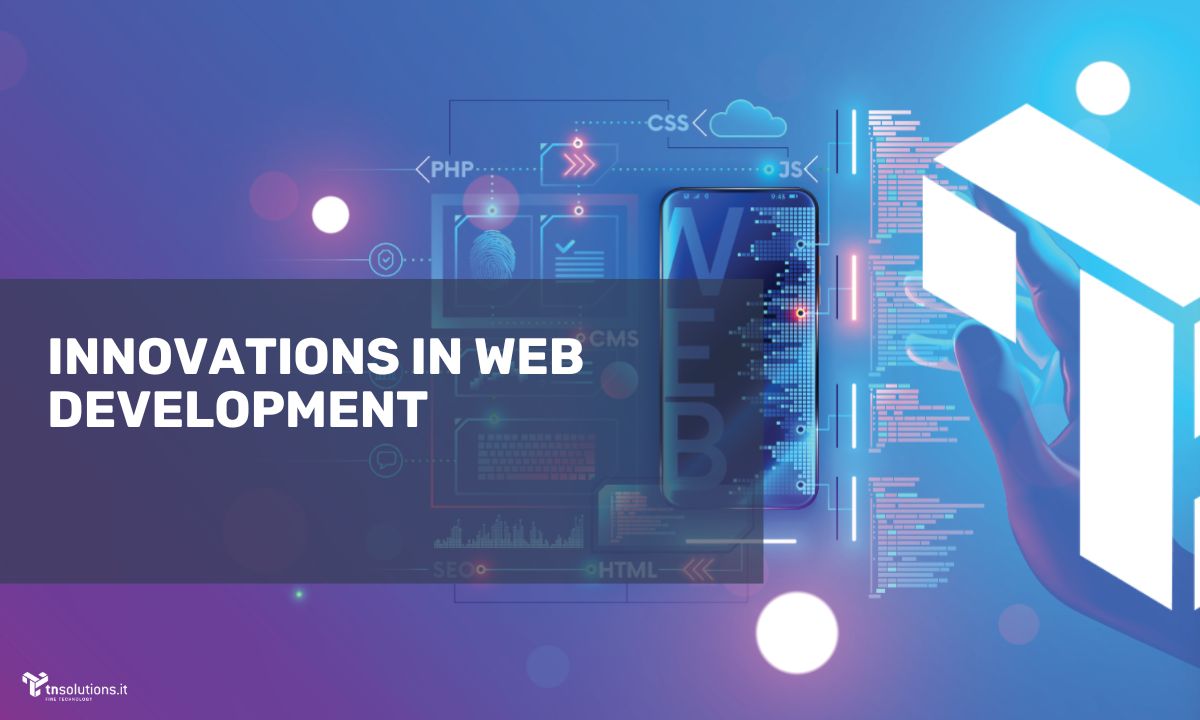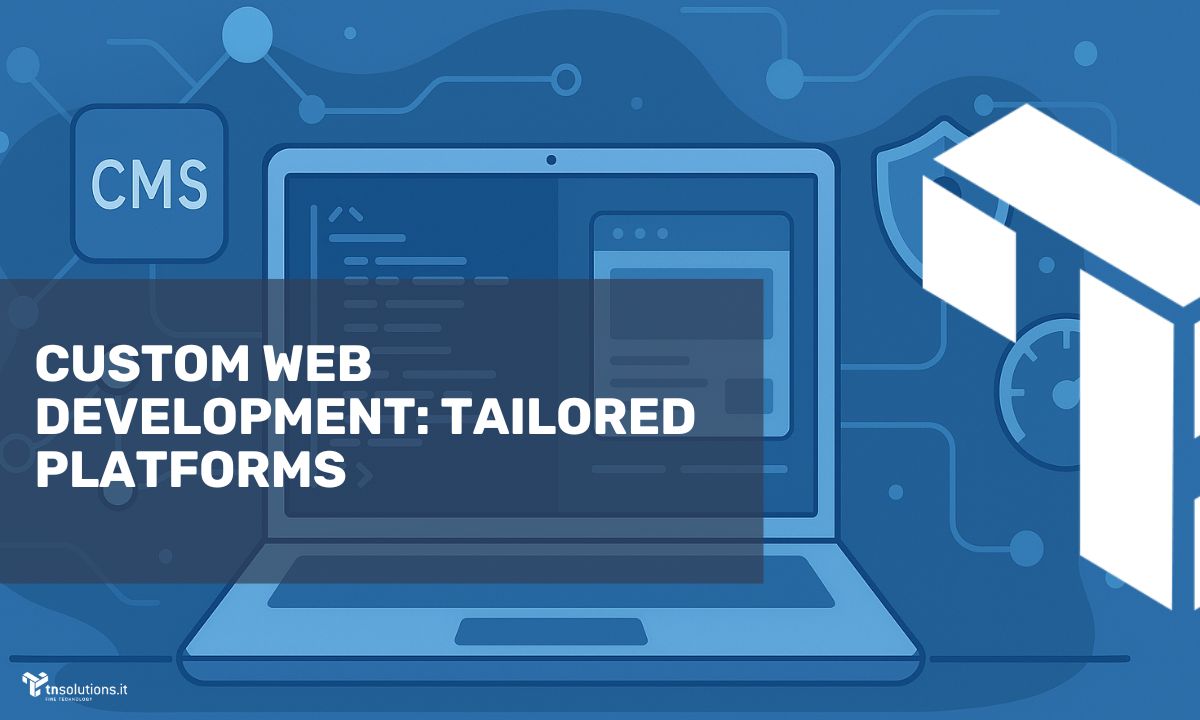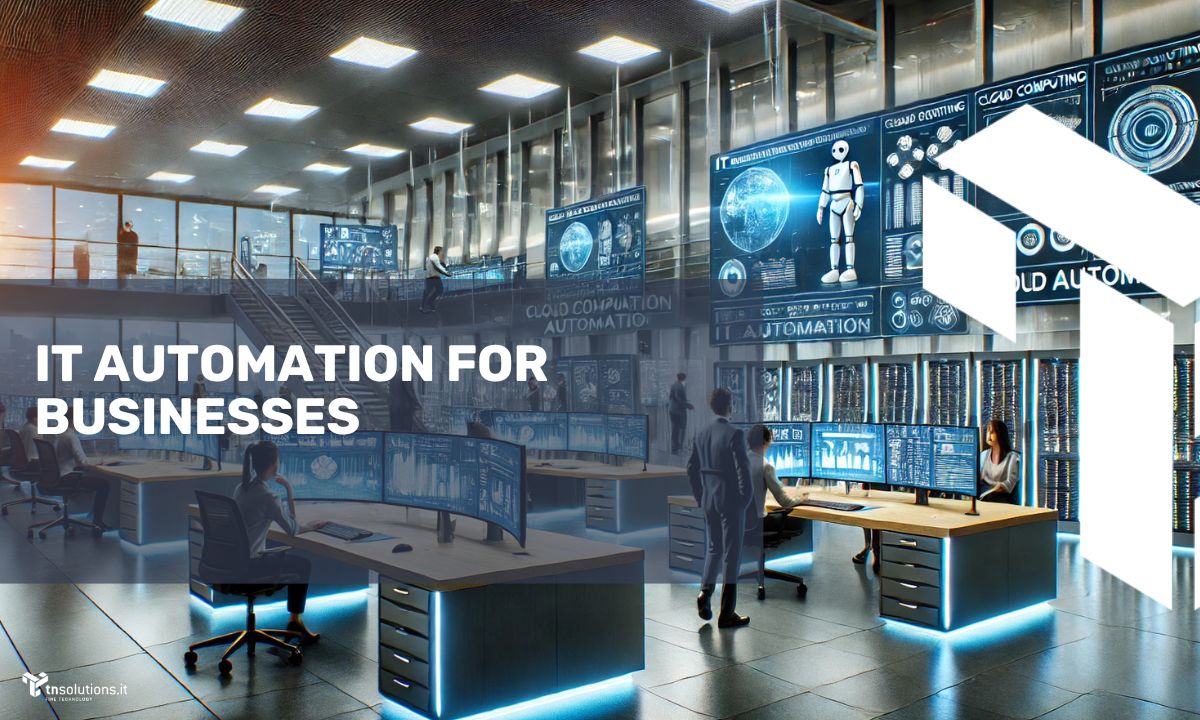
Challenges, Trends, and Perspectives in the Evolving Digital Landscape
In today’s fast-paced digital world, web development plays a crucial role for businesses. It’s like crafting a custom piece of art, blending creativity and functionality to deliver an extraordinary experience. As technology advances, it’s essential to embrace new trends and best practices to ensure online success. Get ready to explore, innovate, and captivate; your website will be your calling card in the vast digital universe.

Evolution of Web Development
Over the years, web development has undergone a revolution! From simple static pages to intricate interactive ecosystems, the transformation has been spectacular. Imagine the web as a constantly shifting kaleidoscope, with new technologies and methodologies merging in a whirlwind of creativity. From the early days of HTML to modern frameworks like React and Angular, each advancement marks a leap forward in web design and development. This journey is endless, where creativity meets technology to create breathtaking digital experiences!
Current Trends in Web Development

Emerging trends in web development are redefining our digital navigation and radically transforming the user experience. Picture a world where design seamlessly adapts to every screen, embracing the diversity of mobile devices with unprecedented harmony. This is the magic of responsive design, turning every touch and scroll into an engaging experience.
Moreover, search engine optimization (SEO) has become an art form, unlocking new opportunities and illuminating websites in the vast sea of search results.
Progressive Web Apps (PWAs) blend the efficiency of native applications with the flexibility of websites, delivering an unparalleled user experience that adapts to anyone, anywhere.
And let’s not forget dark mode, an aesthetic evolution that enchants the eyes while reducing visual strain and extending battery life, bringing a new dimension to our digital interactions.
Artificial intelligence (AI) is also revolutionizing the web, making every interaction unique and personalized. With AI, websites become intuitive guides, anticipating our needs and desires.
These trends are not mere surface changes; they are revolutions shaping the future of the web, opening doors to limitless possibilities.
Effective Strategies for Web Development
Successfully navigating the web development landscape requires both technical expertise and a well-defined strategy. Think of your web development project as an expedition into the unknown: without a detailed map and reliable compass, you risk losing your way in the digital maze.
Planning is your compass, charting a clear course toward success. Before diving into code, outline your website‘s goals and clearly identify your target audience. Without a solid guide, you risk wandering aimlessly while competitors pass you by.
Conducting thorough preliminary research is like scouting terrain before your journey. Study industry trends, observe what works for competitors, and learn from their mistakes. This knowledge arms you with the insights needed to steer your project toward success.
Navigating the web development world is also about ensuring a pleasant user journey. Create an engaging, intuitive user experience that feels like a refreshing breeze for visitors. Regularly check the site’s usability, gathering feedback to enhance the journey for everyone.
Watch for obstacles along the way! Testing and quality assurance are your tools for avoiding hidden traps. Ensure your site functions smoothly across devices and browsers, like an adept explorer traversing rough terrain without stumbling. This guarantees a safe and enjoyable journey for all who venture onto your site.
Protect your most valuable assets: user data. Safeguard their secrets and comply with privacy laws as if they were treasures. Earning trust and loyalty ensures that users return for more adventures in your digital realm.

Best Practices for Creating Successful Websites
Creating a successful website is like sculpting a masterpiece: it requires technical skill, a clear vision, and an artistic touch. Imagine yourself as the architect of a virtual building, where every detail is designed to welcome and captivate visitors.
Your first step? Strategic planning, like a map charting the boundaries of uncharted land. Define your site’s goals and understand visitor needs as treasures to uncover. This foundation is crucial for supporting your digital ambitions.
Your website must adapt to its environment. Ensure it fits every screen and device like a chameleon blending into its surroundings. This guarantees a seamless and engaging experience for your audience.
Content is the lifeblood of your site, captivating visitors like compelling stories. Provide valuable, engaging information, ensuring well-written text, captivating images, and multimedia content transform your site into a digital stage.
Speed is crucial; optimize loading times to ensure every page opens as swiftly as a blink. This captures visitors’ attention and keeps them engaged.
Finally, ensure your site is accessible to all, like an open door welcoming anyone who knocks. Use alt text for images and smooth navigation, creating an inclusive space for all users.
Following these best practices will enhance user experience, boost search engine visibility, and ensure the project’s overall success.

Top Tools to Optimize Your Website’s Usability
In today’s competitive online landscape, ensuring a smooth user experience is vital for capturing attention and driving conversions. Here are some essential tools to enhance your website’s usability:
- Xenu: This tool checks for broken links, crucial for e-commerce sites. It helps replace them with functioning links, ensuring seamless content access.
- W3C Link Checker: Similar to Xenu, it scans your site quickly, identifying non-functional hyperlinks or those irrelevant to your business.
- Pingdom: A freemium tool for analyzing site performance, providing loading time insights and suggestions for improvements.
- WAVE: Specifically designed for accessibility assessment, WAVE identifies accessibility errors, enhancing content access for users with disabilities.
- Optimizilla: Optimizes image files easily, making it invaluable for sites with substantial graphics, eliminating the need for complex software like Photoshop.
- Check My Color: Identifies all colors on your webpage, assessing contrast issues that might affect readability.
- Check Browser Compatibility: Tests your site across various browsers, ensuring compatibility and avoiding user frustration.
- Clarity: Microsoft’s tool provides user experience statistics, heatmaps, and session recordings, offering insights into user behavior.
- CrazyEgg: Offers deeper analysis than Clarity, enabling a thorough understanding of visitor interactions.

In an ever-evolving digital landscape, web development requires a blend of technical skills, creativity, and attention to detail. By exploring current trends, adopting effective strategies, and adhering to best practices, you can create successful websites that engage and reach your target audience. Continually monitoring industry developments and adapting strategies accordingly will allow you to successfully navigate the future of web development.
If you need assistance, contact us,




